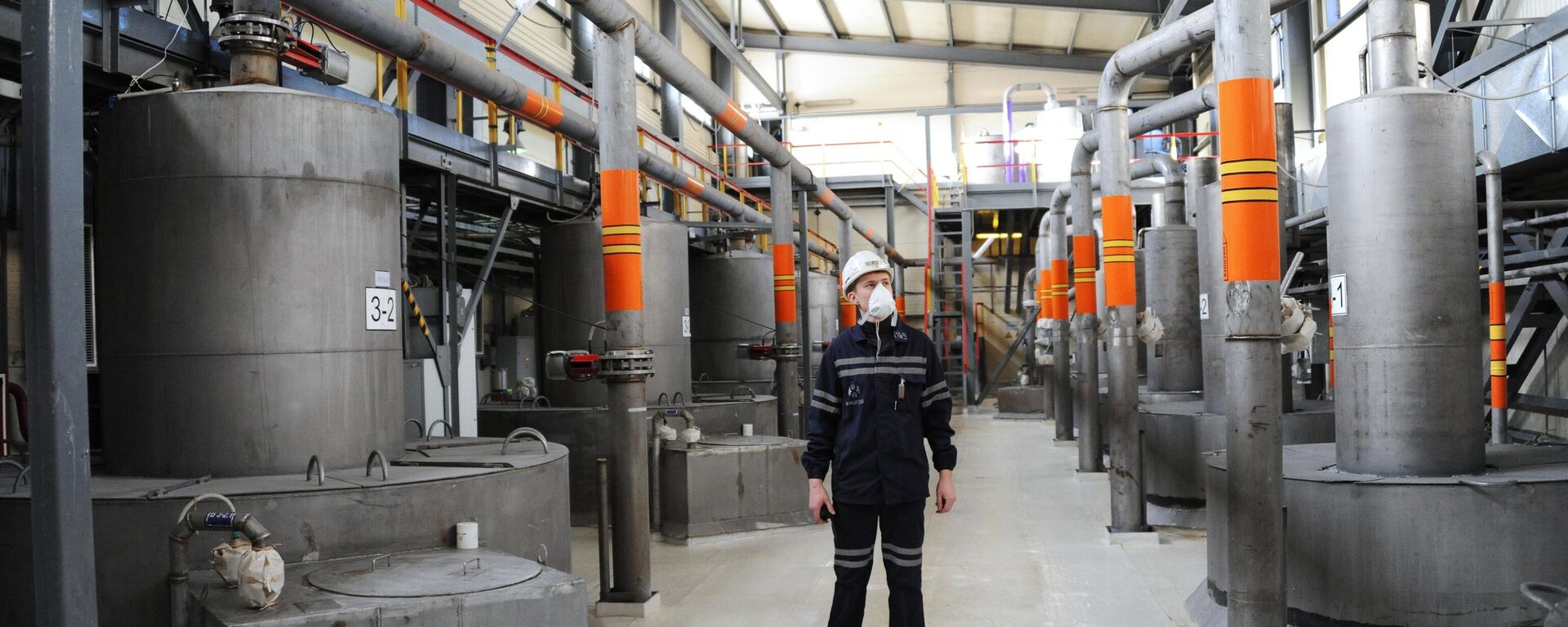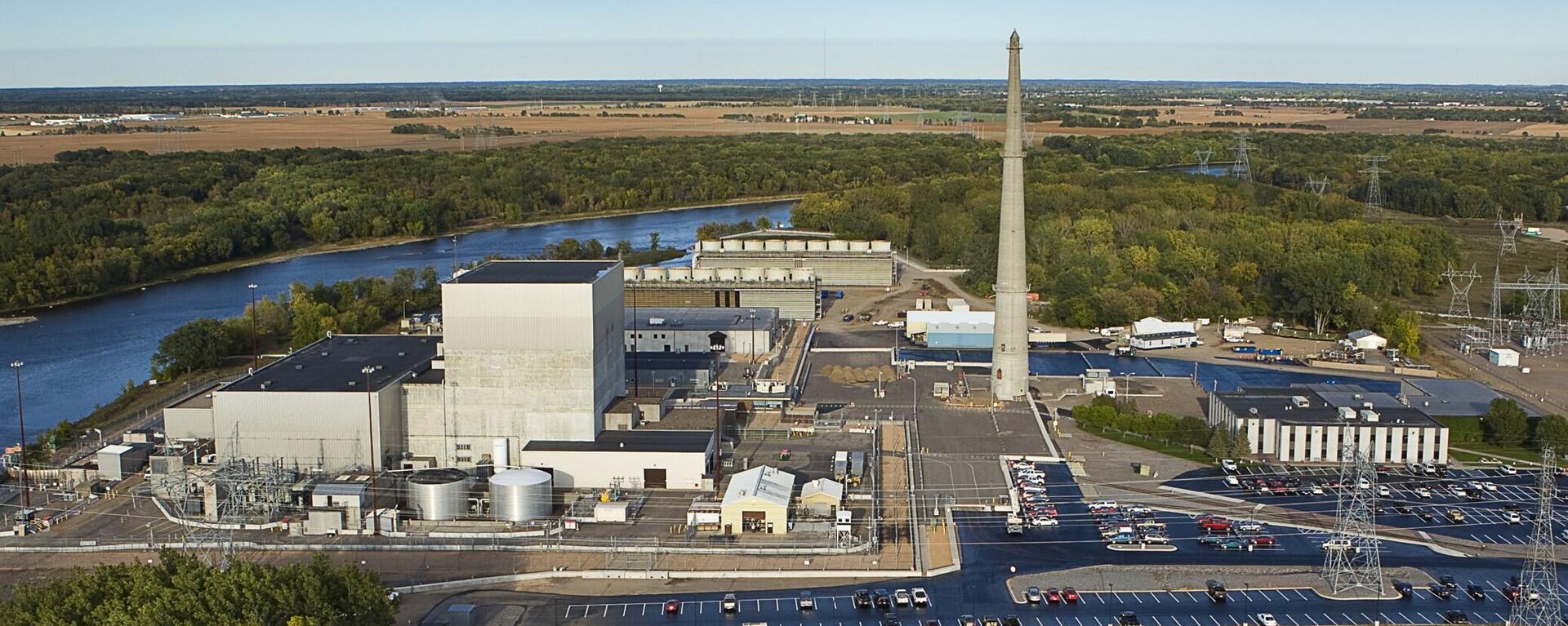Who Will Benefit From Boom in Uranium Demand?
12:17 GMT 07.07.2024 (Updated: 12:17 GMT 08.07.2024)

© Sputnik / Евгений Епанчинцев
/ Subscribe
The US ban on Russian uranium imports is set to come into force in August, but is likely to be just as self-harming as other failed Western sanctions, numerous pundits have told Sputnik.
A scramble for uranium has developed after the Ukraine conflict and short-sighted Western sanctions on Russia exposed Europe’s dependency on Russian oil and gas, The Economist has argued.
Natural uranium, containing approximately 0.7% of isotope uranium-235 (U-235), is the mineral at the start of the supply chain for nuclear power. To be used as nuclear fuel, the percentage of U-235 must be increased to 3–5% through enrichment.
Kazakhstan is the largest uranium producer in the world but, unfortunately for Europe, boasts a close relationship with Russia and just hosted the 2024 Shanghai Cooperation Organization (SCO) summit.

Screenshot of chart showing leading countries worldwide based on uranium reserves in 2022.
© Photo : Statista
With an American ban on uranium enriched in Russia soon to kick in, the West is scrambling to devise more ways to import mined uranium from Kazakhstan directly, noted the publication.
US President Joe Biden signed into law H.R.1042, the Prohibiting Russian Uranium Imports Act, in mid-May. It will ban any imported unirradiated low-enriched uranium (LEU) produced in the Russian Federation or by a Russian entity. The law takes effect on August 11.
However, the legislation allows for waivers in cases when the US determines that no alternative viable source of low-enriched uranium is available to sustain the continued operation of a US nuclear reactor or nuclear energy company, or if it also determines that importing the uranium is in the national interest.
Any waiver issued by the US Energy Department must terminate by January 1, 2028, while the ban itself expires on December 31, 2040.
A cursory glance at data shows who stands to gain from the uranium boom.
Kazakhstan’s uranium reserves ranked first in the world in 2022, amounting to approximately 316,000 metric tons. (Canada, with 282,000 metric tons, had the second largest).
Kazakhstan led the field in uranium production in 2023, churning out 22,967 metric tons (43% of global exports). Australia (7,273t), Namibia (6,382t), and Canada (4,817t) followed. Kazakhstan is projected to produce 31,000 tons by 2025.
Kazakhstan’s geology of its deposits allows for low-cost, high-profit extraction through the method of in-situ leaching (ISL).
The Russian Federation controls 25% of uranium production in Kazakhstan.
Rosatom, the Russian state nuclear company, secured second place in terms of uranium reserves in 2023 after it purchased a 49% stake in the Budenovskoye joint venture. The vast Budenovskoye uranium field is expected to become the world’s biggest source of uranium.
Kazakhstan relies on Russia for the conversion of uranium ore into nuclear fuel. Rosatom ranks in the top three in all stages of the nuclear fuel cycle.
Russia accounts for roughly 44% of the world's uranium enrichment capacity (the remaining capacity is located in Germany, the Netherlands, the UK and the US).
Around half of Kazakhstan’s uranium goes to China, supplying almost two-thirds of its uranium intake. The state-owned China National Uranium Corporation has signed several joint mining ventures with local operators, granting it nearly 60% of future uranium production in Kazakhstan.
It could take the US “years” to replace banned Russian uranium exports, experts previously told Sputnik.
Imports of Russian-enriched uranium to the US surged to a record level of $1.2 billion in 2023, marking a 40% increase compared to the import volume for 2022, according to the Bellona Environmental Foundation. The surge was attributed to growing prices and increasing physical volumes of Russian nuclear fuel acquired by the US, rising from 588 tons in 2022 to 702 tons in 2023.



